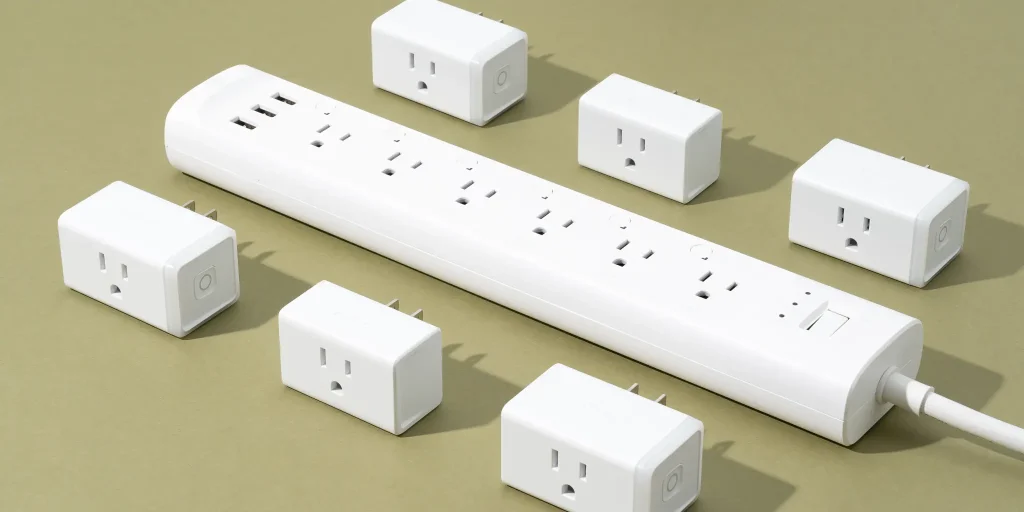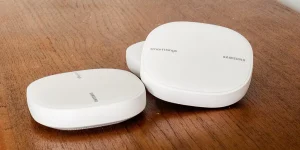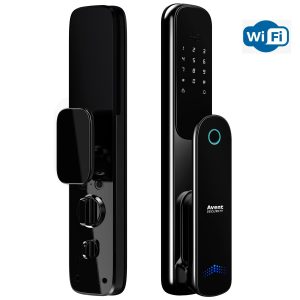Smart Power Outlets: What Are They For? How They Work, Applications, and Safe Usage Tips

Smart power outlets are becoming an essential component in modern homes, offering convenience, energy efficiency, and enhanced control over electrical devices. This article will explain what smart power outlets are, how they work, their practical applications, and how to use them safely.
1. What Are Smart Power Outlets For? (Introduction, Popular Types, and Uses)
A smart power outlet is an advanced electrical socket that allows you to control the power supply to devices through your smartphone, voice assistant, or other smart home systems. Unlike traditional outlets, smart outlets offer additional features such as remote control, scheduling, and energy monitoring.
Popular Types of Smart Power Outlets:
- Wi-Fi Smart Outlets: These outlets connect directly to your Wi-Fi network, allowing you to control them via a smartphone app or voice assistants like Alexa or Google Assistant.
- Bluetooth Smart Outlets: These outlets use Bluetooth to communicate with your smartphone, making them ideal for controlling devices within a specific range.
- Zigbee or Z-Wave Outlets: These outlets are designed to work within a smart home system using protocols like Zigbee or Z-Wave, typically requiring a hub for control.
- USB Smart Outlets: These outlets have integrated USB ports for charging devices like phones and tablets, alongside regular power sockets, and can also be controlled through smart features.
Benefits of Using Smart Power Outlets:
- Remote Control: You can control devices plugged into the outlet from anywhere, using a smartphone or voice commands.
- Energy Efficiency: Many smart outlets offer energy monitoring features, allowing you to track how much power your devices are consuming and even schedule them to turn off when not in use, saving energy.
- Automation: You can schedule devices to turn on or off at specific times, creating a more convenient and efficient daily routine.
- Safety: Smart outlets often have built-in surge protection and can automatically turn off power if any issues are detected, helping to prevent electrical hazards.
2. How Do Smart Power Outlets Work? (Principle of Operation and Key Components)
Smart power outlets function by integrating traditional electrical outlets with wireless communication technology, allowing users to control them remotely or automatically. These outlets are designed to work with home automation systems and can connect to smartphones, voice assistants, and other smart devices.
Key Components of a Smart Power Outlet:
- Wireless Connectivity: Smart outlets typically have Wi-Fi, Bluetooth, or Zigbee/Z-Wave capabilities to allow remote communication.
- On/Off Control: The core function of a smart outlet is to turn the power supply to a device on or off remotely, either through a smartphone app or voice commands.
- Energy Monitoring: Many smart outlets feature energy monitoring, allowing users to view real-time energy consumption and track usage trends.
- Scheduling Feature: Users can set up schedules for when specific devices should be powered on or off, ensuring that appliances are only running when needed.
- Surge Protection: Some smart outlets come with built-in surge protection to safeguard plugged-in devices from power surges or spikes.
How It Works:
- Connecting to Wi-Fi/Bluetooth: When setting up the outlet, you connect it to your home Wi-Fi network or Bluetooth connection. This allows the outlet to communicate with your smartphone or smart home hub.
- Control via Smartphone: Once connected, you can control the outlet through an app on your phone. This lets you turn devices on and off remotely, regardless of your location.
- Energy Monitoring: Some outlets provide real-time energy data on your smartphone, helping you track how much power each connected device is consuming.
- Automation: You can create schedules for turning devices on and off, or use motion sensors and timers to automate when your devices receive power.
3. Where Are Smart Power Outlets Used? (Practical Applications)
Smart power outlets are versatile and can be used in various scenarios, from home automation to office environments. They provide added convenience, security, and energy efficiency.
Common Applications of Smart Power Outlets:
- Home Automation: Smart outlets are widely used in homes to control lights, fans, heaters, and other appliances remotely or according to a schedule.
- Energy Management: With the ability to monitor and schedule usage, smart outlets help reduce unnecessary energy consumption, making them ideal for eco-conscious individuals and families.
- Security: They can be used to turn lights on and off at specific times, simulating the presence of someone at home and deterring potential intruders.
- Convenience: Smart outlets make it easier to control hard-to-reach devices like lamps or holiday decorations by allowing users to control them with a simple voice command or app.
- Office Use: In offices, smart outlets can help manage equipment like computers, printers, and projectors, ensuring they are powered on only when needed and reducing energy waste.
Real-Life Examples:
- Lighting Control: Set up your lamps to turn on automatically when you arrive home or set them to turn off when you leave for work.
- Appliance Scheduling: Program your coffee maker to start brewing coffee before you wake up or schedule your washing machine to run at off-peak energy hours.
- Security System: Automate the turning on/off of lights in different rooms to create the illusion of activity, increasing home security while you are away.
4. How to Use a Smart Power Outlet Safely (Safety Tips and Important Considerations)
While smart power outlets provide significant benefits in convenience and energy efficiency, it’s essential to follow proper safety precautions to ensure they are used effectively and safely.
Safety Tips for Using Smart Power Outlets:
- Follow Manufacturer Instructions: Always read and follow the manufacturer’s guidelines during installation and use to ensure proper setup and safe operation.
- Proper Placement: Ensure that smart outlets are installed in dry, well-ventilated areas. Avoid using them in environments where they may be exposed to water or excessive humidity, such as bathrooms.
- Avoid Overloading: Avoid plugging too many high-power appliances into a single outlet. This can cause overheating and potential fire hazards.
- Regularly Check Devices: Periodically inspect devices connected to the smart outlets for any signs of wear or malfunction.
- Use with Certified Appliances: Only use smart outlets with devices that are rated for use with standard power outlets. This will help prevent electrical damage or overheating.
Important Considerations:
- Compatibility with Devices: Not all smart outlets are compatible with every device, especially those that require high power. Be sure to check the power rating before connecting devices to the smart outlet.
- Security and Privacy: Since smart outlets are connected to Wi-Fi or other networks, ensure that your network is secure. Use strong passwords and enable two-factor authentication if available to protect your smart outlets from unauthorized access.
Conclusion
Smart power outlets offer a significant upgrade to traditional outlets, providing enhanced control, energy monitoring, and automation for various devices in your home or office. By understanding how they work, knowing where they can be used, and following safety guidelines, you can fully benefit from this innovative technology while ensuring safe and efficient operation.






